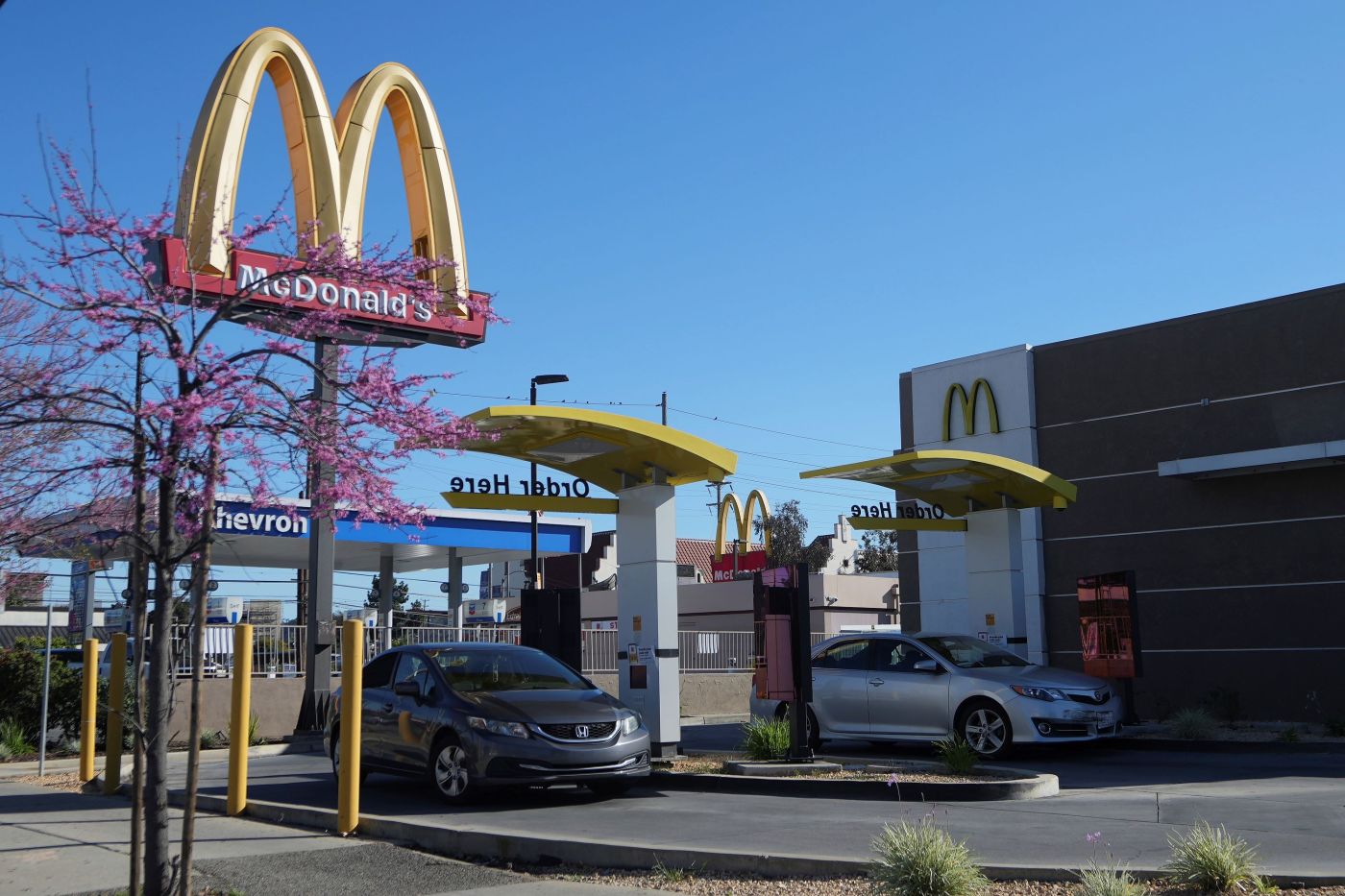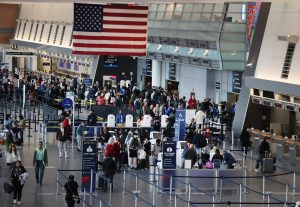
Editorial: Fast food’s expensive, solution not so tasty
The hits just keep coming for Americans outside the Beltway, and the fast food industry is adding to the problems of those who struggle financially.
A new survey from LendingTree found that 78% of respondents view fast food as a “luxury.” People making less than $30,000 per year and people with kids agreed in even bigger numbers, topping 80%.
That burger, fries and soft drink might as well be steak and a nice merlot for those on an ever-tightening budget. As the Hill reported, consumers are frustrated not only by inflation, but by the fact that fast food costs outpace general inflation numbers.
FinanceBuzz found that average menu prices have risen between 39% and 100% from 2014 to 2024. At McDonald’s, menu prices have doubled since 2014 across popular items. Popeyes has an 86% increase, and Taco Bell is third at +81%.
The companies point to higher costs for ingredients and rising labor costs for the hikes. That’s essentially what opponents of big government spending and minimum wage hikes said could happen – costs being passed on to consumers.
Fast food consumers are looking at that to-go meal and thinking, “I can make this at home for less.” That’s bad news for fast food companies.
They’re working on solutions, and not all of them are palatable. According to Bloomberg and CNBC, McDonald’s has begun work on a new $5 value meal (reportedly would a McChicken or McDouble sandwich, four-piece Chicken McNuggets, fries and a drink). Burger King is working on a comparable meal, according to Fox Business. Wendy’s is also offering a $3 breakfast option.
That not be enough to bring back customers, and maintain profits. The next steps are not as tasty.
McDonald’s is planning to remove self-serve soft drink fountains from its restaurants by 2032, and is letting franchisees charge for refills if they choose.
Analysts see self-order kiosks and more automation behind the counter as inevitable moves to stabilize prices.
“You’re already seeing it with the kiosk ordering in a number of the different locations that are out there,” franchise consultant Nick Neonakis told NewsNation. “Behind the line where the food is being made, that’s the next thing that you’re going to see: Robotic burger flipping, robotic fries and so on.”
That’s bad news for the humans who held those jobs. A minimum wage pay hike is meaningless if the employer automates the job to cut costs.
Whether it’s government spending sprees that spike inflation, or hiking minimum wages without thought to negative consequences, the average American is too often left out of the equation.
It’s like a grim game of whack-a-mole: offer a bargain meal, cut hours or restaurant positions. Spark inflation that causes food prices to soar, see consumers walk away from an industry that contributes hundreds of billions to the U.S. economy.
Americans are hurting – when they go to the grocery store, the local drive-through, or when they watch their minimum-wage hours cut back or eliminated.
These bread-and-butter issues should be the top priority of any presidential candidate’s platform, and a key topic for upcoming debates.
Editorial cartoon by Gary Varvel (Creators Syndicate)


